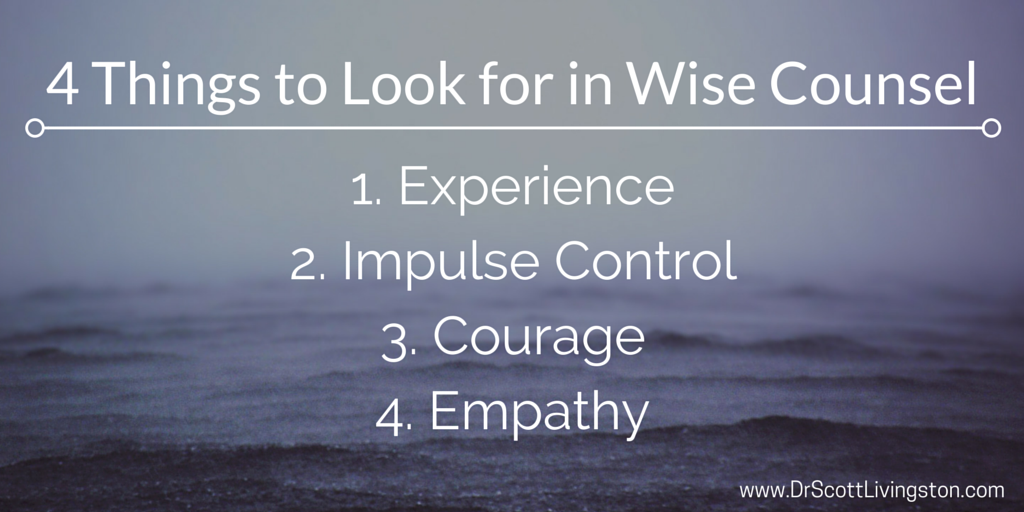There are not many folks from about mid-December through mid-January who are wanting to engage in new coaching or training opportunities, so each year I use those weeks for reflection and planning.
In addition to the clients I am currently working with, I am regularly adding new coaching clients into my practice throughout the year. With that in mind, an important area to reflect on as one year ends and a new one begins is the future of my coaching practice. How many new clients will I engage with this year? Who will they be? What will my coaching practice look like in the coming months? It is important to thoughtfully reflect on these questions in order to determine how I can proactively plan for a successful year for both myself and my clients.
Another area of my professional life that I reflect on is the work my clients have asked me to do with them. I begin by looking at my calendar to observe all the work I did in the past 12 months. I look at all the times I spent teaching, training, facilitating, coaching, creating content, etc. Then, I ask myself a really hard question: Is the work I am doing still relevant? Is it meaningful for those who call on me to work with leaders in their organization?
Finally, I spend time in personal reflection and journaling. Perhaps most importantly, reflecting on how I spend my time, then comparing this data with what I really enjoy doing in my work life.
Momentum
One way to look at whether or not I am relevant is by using the idea of momentum. This is a concept that I borrow from the world of personal investing and finance.
One of the personal-finance newsletters I read on a very regular basis is called Sound Mind Investing. (You can learn more about them at www.soundmindinvesting.com.)
In the January 2019 newsletter, Matt Bell wrote about the concept of momentum. According to Matt:
“A fundamental mistake many investors make is to move too quickly in choosing investments. They read about a hot stock or this year’s best-performing mutual fund and jump in. It’s all very ad hoc and reactive.”
Matt goes on to write that:
“Momentum is the idea that the recent past performance tends to persist-that is, it tends to continue, at least into the near term future.”
This means that what has happened in the recent past is likely to continue into the near future. It is what we know to be true from the world of physics; that an object in motion tends to stay in motion, while an object at rest stays at rest.
Momentum in the financial world becomes an objective measure of what is going on in the marketplace so that the investor can build a strategy based on real data and not just turn on the TV and be moved to buy a stock by some talking head at the moment.
Momentum Analysis
As I analyzed my journaling from the past years, here are 4 things I noticed:
Emotional Intelligence remains an important leadership construct. This is true for both the training work I do as well as the coaching. Most of the time when leaders hire me there is some growth desired in this area. I think Dan Goleman got it right when he wrote, “What really matters for success, character, happiness, and life long achievements is a definite set of emotional skills - your EQ - not just purely cognitive abilities…” Organizations put so much emphasis on how smart and skillful people are that they often miss this other very important dynamic of the “how” they work with others.
Relational empathy. I don’t know if this is a symptom of our political climate or not, but people have become so polar. They have an idea or a framework for how the world should be and they stick to it no matter how silly it makes them look. Maybe this is a natural outcome of divisions of labor, where those trained in finance wear finance glasses and only see the world through finance. Or, how those who are trained and educated in marketing only see the world through a marketing lens. As leaders we seem to have lost the skill of trying to understand where the other person is coming from, and, even more important, what it is like to be them. We are so concerned with our own selfish ambition and desires that we have lost sight of the perspective of other ways of seeing and doing.
Being flexible in ambiguous times. I was on a call with a potential client toward the end of the year whose organization has been turned upside down. Half of the people have either been laid off or reassigned new roles. There is a tremendous amount of ambiguity about what certain jobs actually are and what people are supposed to do everyday. I was asked to talk with the team about the impact of emotions during times of tension and what to watch for as leaders when working with others. I was interrupted with a question in the middle of my presentation when one well meaning soul said, “Dr. Livingston, enough already about helping people process the loss they have experienced, can you just help us get to a place where things are normal and we can all just get back to work?” My response? “This is your new normal. Learning to be emotionally flexible and helping people deal with where they are in the moment is a new calling for leaders.”
Connecting with talent. The December stock market slide, not withstanding the economic outlook and, more specifically, the jobs outlook, is really robust. Senior leaders need to make sure they are connecting with talent, because my sense is that talent is itching for new opportunities. I think senior leaders need to get much better at proactively scheduling time to connect and care about the talent in the organization. Take them for coffee. Schedule a lunch. Learn what is on their mind. You do not need to do another ROI calculation on some process. What you really need to do is ensure you have the talent on your team to turn the future you are planning for into a reality.
How about you? Do you agree with these 4 observations? Leave a comment or send an email. I would love to connect with you to talk about these observations, or your unique observations regarding your organization.
Best hopes for the coming year,
Scott


















